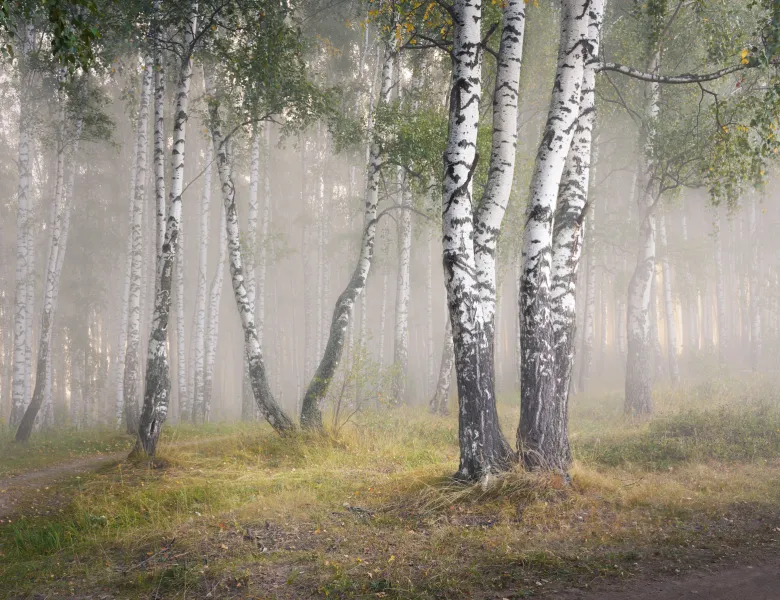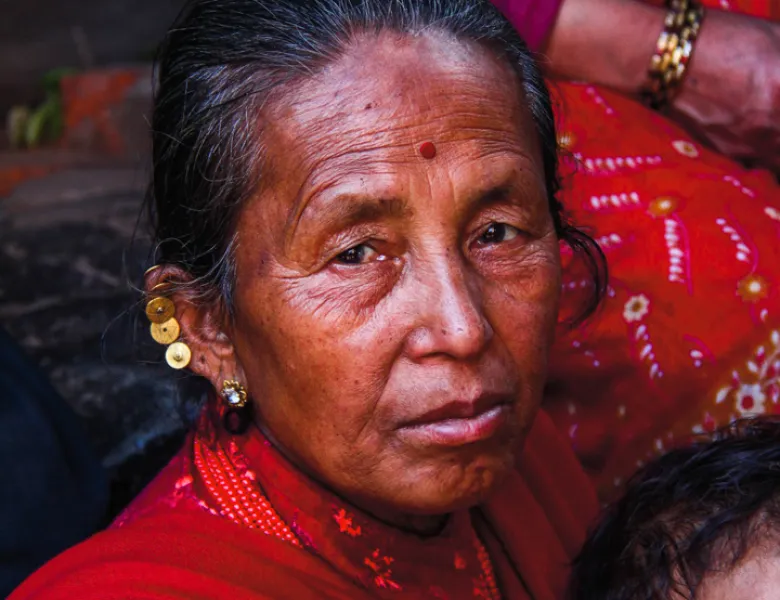Under review: Natasha Egan
Since 2011, Natasha has served as the executive director of the Museum of Contemporary Photography at Columbia College Chicago (MoCP), where she was previously the associate director and curator since 2000. She’s organized over 50 exhibitions with a focus on contemporary Asian art and artists concerned with societal issues – such as the environment, war, and economics. Egan’s most recent curatorial project was the exhibition In Real Life which examined the real-world impact of computer vision. For over a decade, she taught in the photography and humanities departments at Columbia College Chicago.
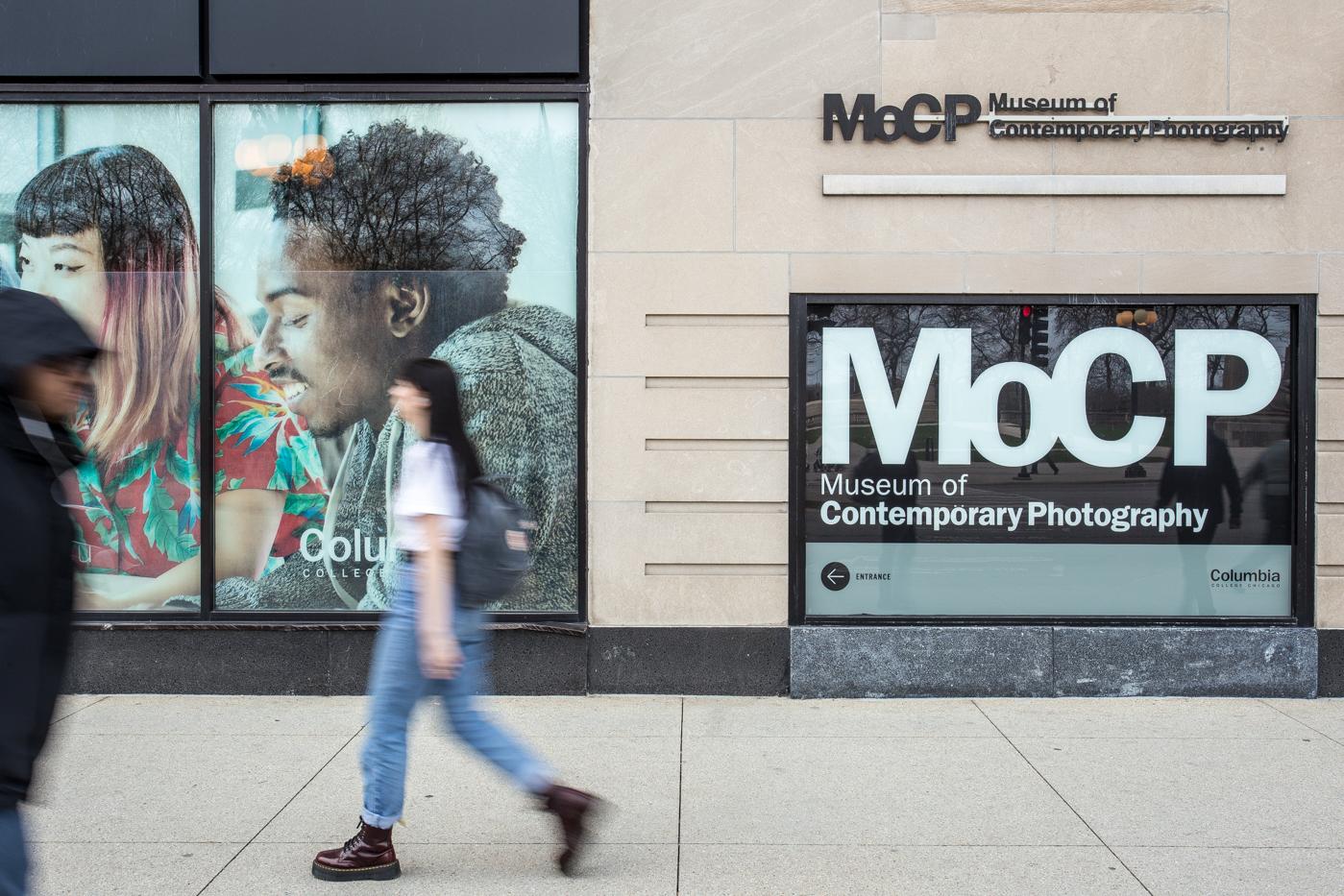
What do you hope to see in the entries to the Sony World Photography Awards 2021 Professional competition?
I am looking forward to seeing a wide range of work and ideas from all over the world. I’m particularly excited to see work depicting underrepresented themes. Although we won’t know who has taken the images as the judging process is blind, I hope to see entries from BIPOC photographers and marginalized artists.
What are the benefits of photography competitions for the industry’s development?
One of the major benefits of these kinds of competitions is to introduce and expose emerging photographers from all over the world to new audiences.
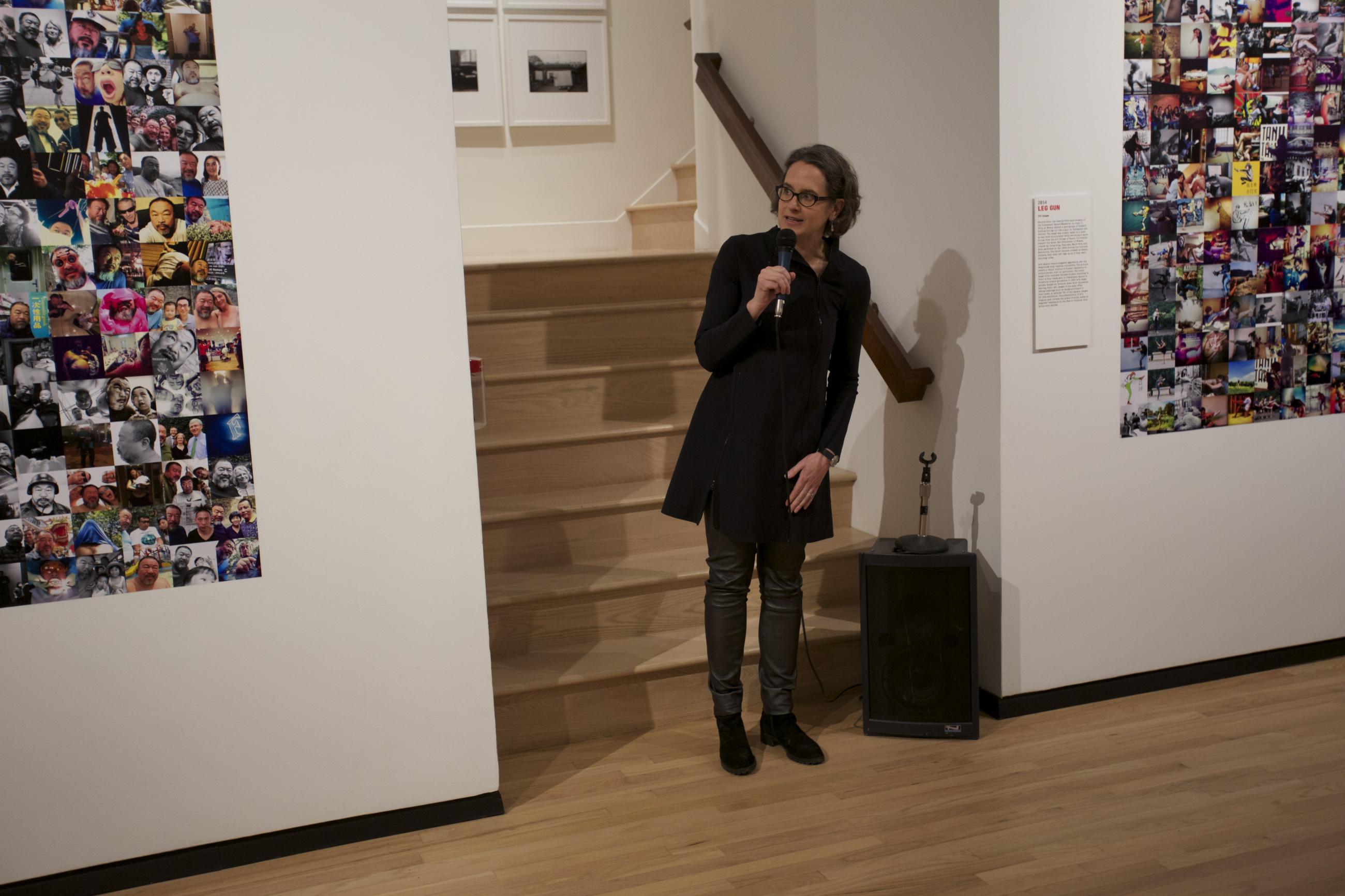
Your experience in academia is impressive! When you’re viewing a photography competition entry, what comes first: the concept (or story), the approach, or the
overall aesthetic?
When looking at hundreds of thousands of photographs, I first study the work and if it draws me in, I then read about the artist’s concept. I am drawn to layered work that visually or conceptually pushes the boundaries of traditional photography. I am especially interested in photographs that are capable of communicating multiple stories depending on the life experience of the viewer—a socio-political landscape or personal human drama that can be viewed in a wider context beyond the subjects in the pictures. Above all, I am drawn to pictures that are made with artistic and conceptual integrity.
You have been the guest curator for photo festivals in America, Dubai and China. Do you see a difference in photographic trends in those three very different countries?
What I enjoy the most about participating as a guest curator for international photo festivals is meeting the other curators and participating artists. At these festivals, I am exposed to new ideas from a great variety of perspectives and the style of work always varies from traditional to experimental. I wouldn’t necessarily say I can see distinct trends in each country, but I do witness how artists from different places navigate their interests and cultures in innovative ways through their unique viewpoints.
For more than 10 years you taught in the photography and humanities departments at Columbia College Chicago. How did working with emerging photographers alter your outlook on the medium?
I learn so much from my students as they always have a pulse on new ideas and strategies, and push me to see how photography is always evolving.
What elements make up a cohesive body of work?
It is very important for each photograph in a body of work to represent the concept being presented and for the photographs to either build a story or for each picture to address the concept from a variety of vantage points.
What will you bring to the judging panel for the 2021 Professional competition?
An open and experienced eye.
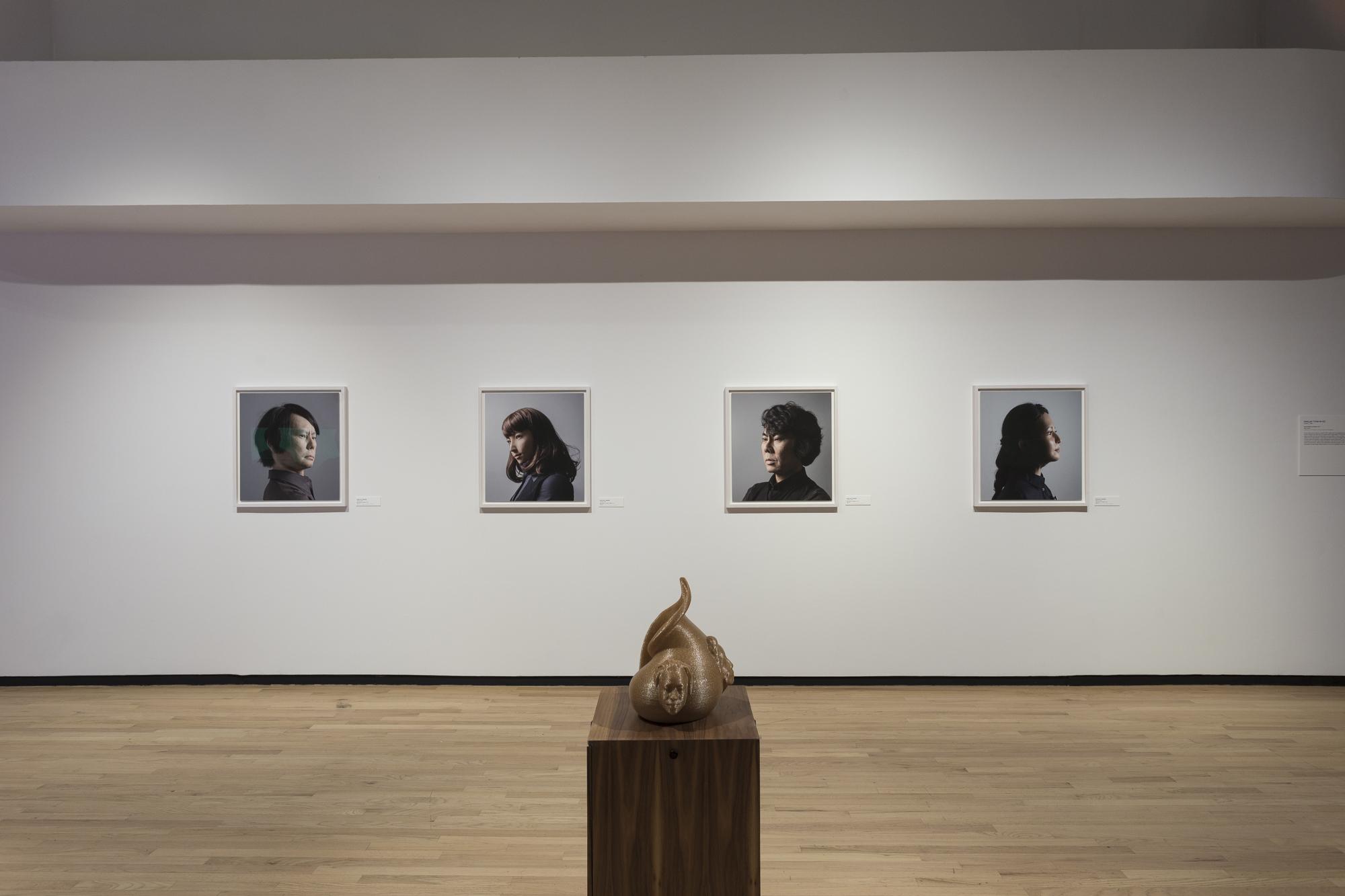
ENTER YOUR BEST PHOTO PROJECTS TO THE PROFESSIONAL COMPETITION FOR FREE NOW!






